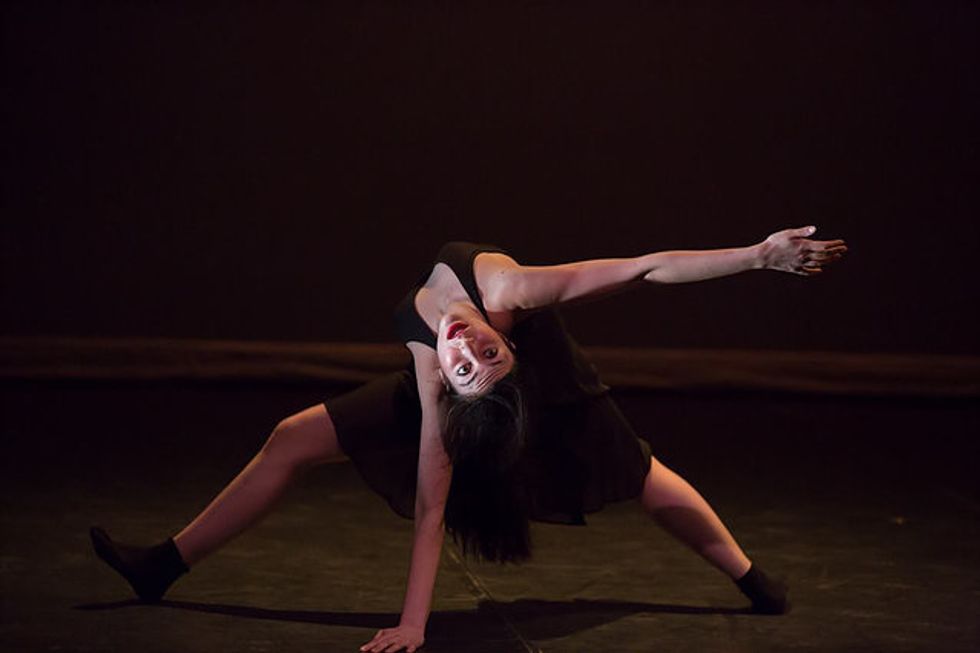Four Money Truths All College Dancers Should Know
Every year it seems to become more financially difficult to get by as a dancer. But are colleges preparing students for this reality? Some programs teach skills like budgeting, grant writing and marketing. But fewer delve into personal finance, and address what it really takes to dance professionally in today’s economy.
Part of the problem is how rapidly the dance world has changed. There were far more full-time company positions available 20 years ago, and many faculty members don’t have firsthand experience of today’s gig-to-gig landscape. Students today take on more student loan debt and face higher costs of living. Dance professors might also have some form of survivor’s bias, as recent Columbia University graduate and New York City–based freelance dancer Nadia Khayrallah points out: They “made it” in the dance world, so their tendency might be to tell students that they’ll “make it” too.
And even though dancers may wish they had more knowledge of personal finance once they’ve graduated, it can be difficult to get college students to care, says artist advocate Esther Robinson. Implementing more experiential learning, like pairing students with recent graduates as mentors or giving them examples of what a freelancer’s budget looks like, could help dancers be more prepared.
Here are four money truths all college dancers should know before they graduate:
1. Some dance work is unpaid.

Nadia Khayrallah wishes she’d been told that she’d be asked to work for free. Photo by Julia Discenza, courtesy Khayrallah
Nadia Khayrallah wishes there were more clarity around the fact that, unfortunately, some choreographers and companies—even established ones—ask dancers to work for free. Though there’s often an implication that these jobs will lead to paid work, she says this doesn’t happen as frequently as dancers might assume.
2. Dancers can be good money managers.

Esther Robinson says dancers being bad with money is a common myth. Photo courtesy ArtBuilt
Esther Robinson often encounters a myth that dancers are bad with money. “All the dancers I know are exceptionally good with money,” she says. “They just don’t have much of it.” She says that regularly saving—even if it’s not much—and being familiar with your credit score are the two most important ways to build financial health.
3. You may not spend the majority of your time dancing.

Lots of dancers work at places like coffee shops—and that’s nothing to be ashamed of. Photo by Sabri Tuzcu via Unsplash.
And that doesn’t make you any less of a dancer. Many artists spend most of their time earning money through other ventures. “I wish I accepted earlier that there’s nothing wrong with working at a coffee shop or babysitting,” says Khayrallah.
4. Financial stressors can create physical stressors.

Body work is essential for dancers, but costs good money. Photo by Toa Heftiba via Unsplash
The “starving artist” narrative normalizes financial instability. But students should realize the particular consequences that money can have on a dance career, says Robinson. When your body is your job, being able to afford health care, dance classes, cross-training and body work is essential, and none of these things come cheap.




